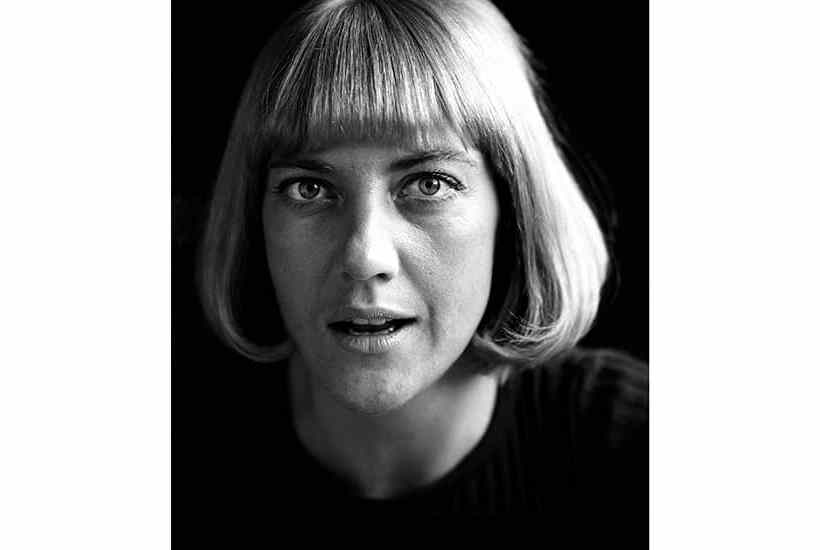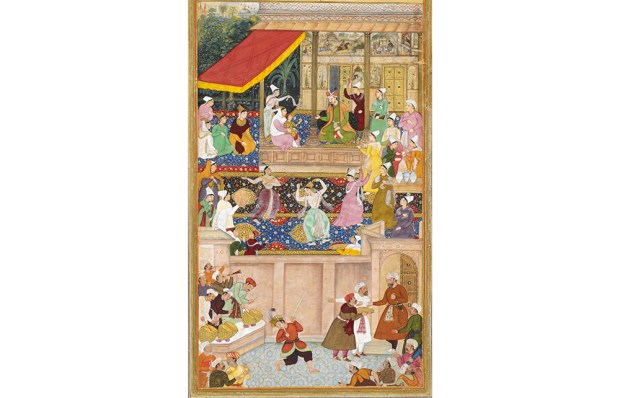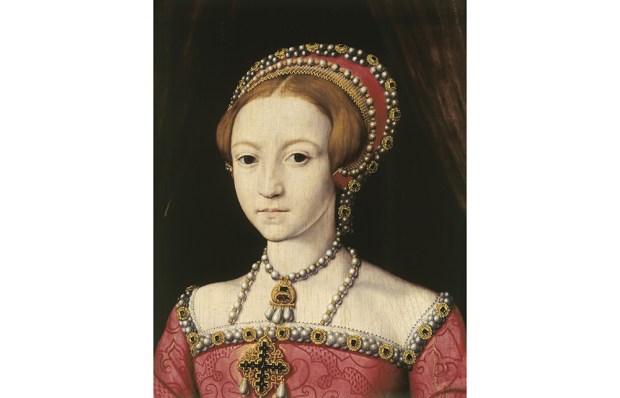Eileen Atkins belongs to a singular generation of British actresses, among them Judi Dench, Maggie Smith, Sian Phillips and Vanessa Redgrave, who not only continue to perform on stage and screen in their late eighties but all of whom, apart from Smith, have written their memoirs.
Atkins already has a proven literary track record. Having wisely abandoned her first effort, a three-act, 17-minute play, containing ‘murder, incest and sodomy’, written during an early period of unemployment, she went on to co-create the hugely successful TV series Upstairs, Downstairs and The House of Eliott, write the play Vita and Virginia and put together a selection of Ellen Terry’s lectures.
Will She Do? displays the emotional intelligence, acute observation, wry humour and above all honesty that distinguish Atkins’s acting. She endorses the verdict of her friend and collaborator Jean Marsh, that her brain is ‘like Gruyère cheese — full of holes’; but if her memories are selective, they are also vivid and unsentimental.
The book covers the first 30 years of Atkins’s life, from her birth in a Salvation Army nursing home in 1934 to her performance as Childie in Frank Marcus’s The Killing of Sister George in 1964, which made her a bone fide West End star. She offers few reflections on the craft of acting, other than noting a marked preference for rehearsal and repetition over improvisation, but she is forthright about both the hardships and humiliations of an actor’s career.
Atkins has previously scorned the idea of acting dynasties: ‘Acting is not in the blood — otherwise what are Judi Dench, Maggie Smith and I doing here?’ Yet whereas Dench’s father was a doctor and Smith’s a pathologist, Atkins’s was an electricity meter reader and her mother a dress-maker. She graphically describes a childhood of material, cultural and emotional deprivation, her mother only telling her she loved her once in her life — after an argument about the correct name for gooseberries.
She acknowledges how radically theatre mores have changed in the nearly 70 years since she made her debut in weekly rep. She and her fellow actresses accepted the routine sexual advances made by Robert Atkins (no relation), the elderly director of the Open Air Theatre in Regent’s Park — ‘We all just laughed about it’ — and she considered her favourite voice doctor’s fondling her breast a small price to pay for his successful treatment of her vocal cords.
More shocking to the contemporary reader is her account of her pre-pubescent performances in working men’s clubs and masonic lodges, where, from the age of six, she was required to wiggle her bottom and show her knickers while singing lyrics such as ‘I got ze eye, I got ze wink/Ze wink that makes ze fellows think.’ Her mother, who pushed her to dance after a gypsy told her that Eileen would be another Pavlova, appeared oblivious of any paedophiliac undertones, but her adult colleagues were all too aware of them. ‘Well, there’s a treat for the dirty old men out there tonight,’ one said.
Atkins painfully charts the indignities of her early life, from being teased, poked and pinched in the school playground for wearing homemade knickers to being dismissed as a ‘little Cockney’ in a poetry competition. Even after her triumph as Childie, her host at a party was horrified to discover that she was related to the barman, who greeted her with ‘’Allo, Auntie Eileen… What’re you gonna ’ave, then? It’s all on the ’ouse.’
She is magnanimous about (most of) the people who disparaged her and the rigid class barriers with which she had to contend. Indeed, like Edith Evans, who began life as a milliner’s apprentice and achieved immortality as Lady Bracknell, she has defied her detractors by playing a succession of grandes dames, the grandest of all being Queen Mary in The Crown.
She pays tribute to an inspirational teacher, E.J. Burton, who diligently fostered her talents. An actor friend, whom he asked to assess her chances in the profession, declared that, while ‘not exactly pretty or classically beautiful… she’s sexy’. True to form, she is remarkably frank about her early sexual experiences, from her first kiss with an older schoolboy to a disastrous attempt to lose her virginity to a fellow actor, who crashed into a suit of armour when he tried to enter her hotel room in the dark. In the final chapters she paints an affectionate picture of her first marriage, to Julian Glover, which ended after his very public affair with Sarah Miles.
The book is full of delightful anecdotes, such as a doctor’s surprise at finding her doing press-ups behind a screen when he had asked her to ‘dress up’, and her losing a place in Peter Brook’s Theatre of Cruelty company to Glenda Jackson, who threw off all her clothes at Brook’s bidding while she herself stood nonplussed.
Above all, this is an exhilarating portrait of an actress who has surmounted seemingly insuperable odds to reach the pinnacle of her profession. The answer to the question in the title is self-evident.
Got something to add? Join the discussion and comment below.
Get 10 issues for just $10
Subscribe to The Spectator Australia today for the next 10 magazine issues, plus full online access, for just $10.
You might disagree with half of it, but you’ll enjoy reading all of it. Try your first month for free, then just $2 a week for the remainder of your first year.














Comments
Don't miss out
Join the conversation with other Spectator Australia readers. Subscribe to leave a comment.
SUBSCRIBEAlready a subscriber? Log in